What if I told you that there was a place in Tokyo that could introduce all the fun that the city has to offer with a lot less of the walking? In my self-published guidebook, “Shimokitazawa – A Tokyo Beginner’s Guide to the World’s Most Walkable Neighborhood,” I explain why Shimokitazawa is a village right in the middle of the world’s biggest city and, as I explained in a previous blog post, it is also on the best side of the city to stay for your first time to Tokyo.
Please note: Affiliate links are used in this post. If you make a purchase, I earn a small commission at no cost to you, which goes toward the cost of maintaining this blog.
My Shimokitazawa Story
I first set foot in Shimokitazawa in 2004 when I started work as an English teacher in Tokyo and Shimokitazawa happened to be my first assignment working at Nova Language Institute. Let me just say, it was love at first sight! In 2008, I finally achieved my dream of being able to rent an apartment in Shimokitazawa with the first friend that I ever made in Tokyo. Over the next nine years, I lived in four different apartments on different sides of the neighborhood and explored as much of Shimokitazawa as I could. Despite nine years there, I never got bored! There was always something new happening – whether it was a festival, a new restaurant, or a new hidden bar.

In 2017, I left Japan but have returned every year (except for 2021) as a permanent resident ever since. When the world shut down in 2020, I stayed in Japan for seven months and finally self-published my Shimokitazawa guidebook on Amazon. It was updated it again in 2023 with a list of new cafés and a collection of short stories about my time there. I loved Shimokitazawa so much that I felt that I couldn’t move away without creating a love letter to the neighborhood and the amazing time I spent there. Why made Shimokitazawa so special and why is my favorite place in Japan? Read on to find out!
Where Is Shimokitazawa?
Shimokitazawa is on the southwestern side of Tokyo, at the intersection of two train lines, Odakyu and Keio Inokashira. Two of Tokyo’s most famous train stations are easily reachable from Shimokitazawa – Shinjuku on the Odakyu Line (10 minutes away) and Shibuya on the Keio Inokashira Line. This makes it incredibly convenient as a place to base yourself during your stay in Tokyo.

With the first copy of my Shimokitazawa guidebook
How Did Shimokitazawa Evolve?
In Japanese, Shimokitazawa means “lower (Shimo) north (Kita) swamp (Zawa),” and its name tells you a lot about its origin. According to a document from the time of its official establishment, Shimokitazawa first developed as an agricultural area during the mid-Edo period (1603-1868), when Tokyo was still known as Edo.
With the completion of the Keio Inokashira Line in 1933, a large section of Shimokitazawa was transformed into an urban residential zone. Later, a commercial area developed around the station where the two train lines intersected. This became very important in the aftermath of World War II when people flooded into the area looking for food and other necessities, as this area was one of the few that escaped the firebombing raids over Tokyo.
A black market selling popular items such as American blue jeans and candy thrived near the area close to the current East Exit. When I first started working in Shimokitazawa in 2004, the black market was still very much alive. You could still see groups of mostly older Japanese businessmen gathered around small TV screens belting out their favorite classics while downing local beer and munching on edamame.
The black market closed down in stages until the last bar closed in 2015 with the closing of the Odakyu Line at street level. Over the next six years, the Odakyu Line was moved underground and a bus stop and pop-up market replaced the former site of the black market. While nothing can replace the history that was lost by the destruction of the black market, it is nice that the area is still used as a market albeit outdoor only.

What Makes Shimokitazawa So Walkable?
Since the beginning of the 20th century, Shimokitazawa’s narrow former farm roads have allowed for a unique blend of residential and commercial areas. Houses in Shimokitazawa’s residential area before World War II were one-story detached wooded houses designed in the style of samurai and terrace residences that resembled merchants’ houses. In the 1950s-1970s, these homes became two-story wooden buildings, followed by three-story reinforced concrete buildings with shops on the ground floor in the 1980s-2010s.
In 2006, under the Setagaya Ward District Plan, the law changed and shops were allowed to be as tall as 22 meters if they were set back at least 50 cm from the road. This meant that each side of the street in Shimokitazawa was able to be widened by 50 cm, and seven-story buildings started to pop up, where only five-story buildings were allowed before.
Though it may not seem important, a neighborhood of lower buildings with more narrow streets creates a more intimate connection with yourself and your surroundings. Shimokitazawa has done well to maintain this over the years, although this has been changing since the law changed. The intimate scale of Shimokitazawa’s construction makes driving and parking difficult in the neighborhood, adding to the walkability residents and visitors feel. What I loved most about walking around Shimokitazawa was the presence of all the shops and cafés on the first floor of residential buildings. This made me always feel close to the community and have easy access to community, food, and many goods and services including multiple 24-hour convenience stores, laundromats, dry cleaners, and clinics, all on the ground floor of residential buildings.
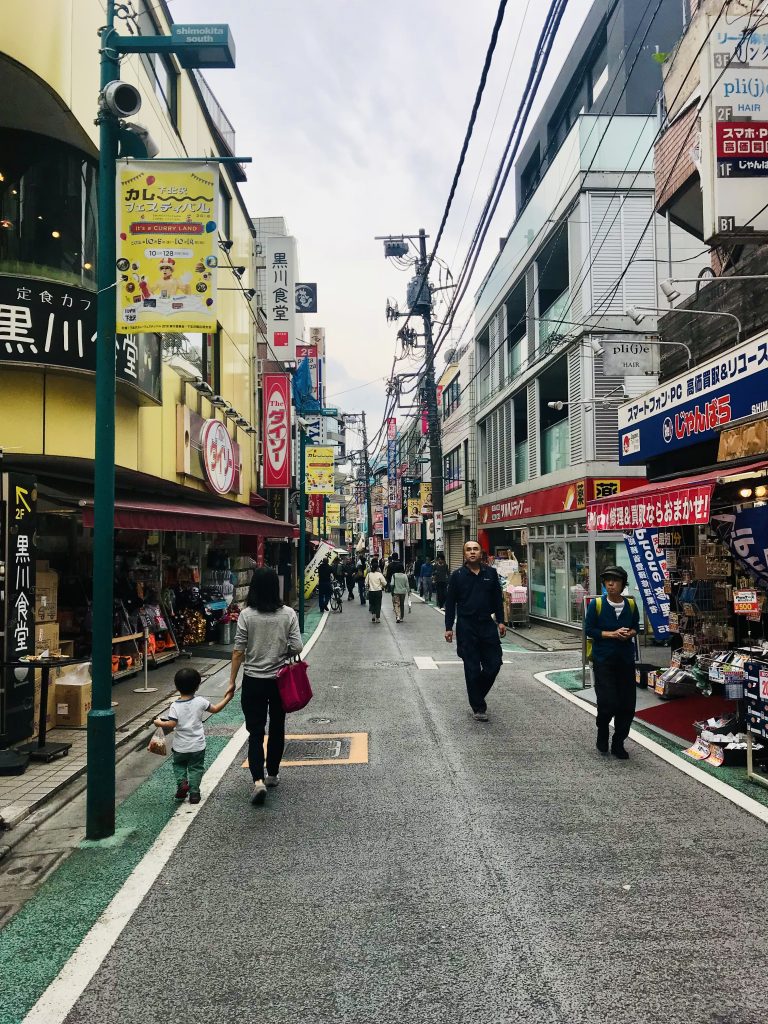
Narrow streets and a mix of commercial and residential areas in Shimokitazawa
Shimokitazawa’s Musical and Artistic Roots
There are many walkable neighborhoods in the world, but I venture to say that Shimokitazawa is even more walkable because it is also an artistic neighborhood with multiple live music venues, art galleries, and book shops. As we now know, Shimokitazawa began to shift from an agricultural to a residential and commercial center in the 1930s. This same decade also saw a large number of intellectuals move into the neighborhood, partially helped by the Toho Movie Studios being located in nearby Seijogakuenmae. At one point, a dormitory for people working in the movies was located near the East Exit.
Many famous writers also lived near Kitazawa Hachiman Shrine in the prewar period and visited the shrine regularly. These writers set a few of their stories in Shimokitazawa, and thus the neighborhood became an important area for writers, poets, and painters. This led to the proliferation of bookstores, some of which are still in business today, with the oldest located near the Suzunari Theater. Many young people also started moving to Shimokitazawa after World War II due to the large concentration of lodge houses that had been built to house people after the war
The 1970s were a period of great change for the neighborhood, as it became known as a creative hub for live music, when Mr. Yu Hirano opening a club called Loft in 1975. Another famous jazz bar named Lady Jane was opened in 1975 by Mr. Yutaka Ohki, and this kicked off a trend of bars and pubs opening one after another. There are actually a few small streets that resemble Shinjuku’s Golden Gai in Shimokitazawa, although there are only a few places that remain. If you want to check out this little area still holding on in the neighborhood, check out Bar Bachibouzouk (2-9-13 Kitazawa) or Bar Ghetto (1-45-16 Kitazawa) to get the same vibes.
Today, Shimokitazawa has a wealth of music clubs and more than 30 cafés that hold musical events. Even one of the large new buildings, Adrift (3-9-23 Kitazawa), next to the Mustard Hotel, hosts music events, carrying on the neighborhood’s identity as a theater town.
Shimokitazawa’s Festivals
One of the best things about staying in or visiting Shimokitazawa are the large number of festivals that happen in the neighborhood throughout the year. This brings the residents together and keeps the community bonds strong.
Shimokitazawa Tengu Festival
One of my favorites is the Shimokitazawa Tengu Festival, a special celebration to mark Setsubun, the end of winter and the coming of new life with the beginning of spring. This festival takes place on the last weekend of January into early February. The highlight of the festival are the tengu themselves, supernatural creatures from Japanese folklore that are actually mini-gods with long red noses and wigs. Throughout the weekend of this festival, you will see participants wearing masks and dressed in colorful costumes run through the neighborhood, while locals throw beans at them to remove bad luck and drive out the demons, chanting “oni wa soto, fuku wa uchi” (demons out, good luck in). I always smile when I see children (who have grown up with this celebration every year) react to the tengu. The best part is that you can buy beans at any of the convenience stores and take part. It is so much fun to turn the corner only to run into a spontaneous torrent of beans being thrown at a group of devils. This is an only-in-Japan experience and is an absolute delight!

A tengu mask, Wikimedia Commons
Shimokitazawa Bon Odori Festival
This is the festival that truly gets all of Shimokitazawa going. For the last several decades, Shimokitazawa has been hosting their own versions of the Bon and Awa dances in the middle of August (check Google to find the exact times each year), usually around August 22-24. Bon Odori is celebrated around the country to welcome back the ancestors, who the Japanese believe come back to visit during the time of Obon each year. The Shimokita Bon Odori festival kicks off on Friday with “Awa Night” where the main streets of Shimokita set up food stalls and serve classic Japanese street food and beer. On Saturday and Sunday, 12-13 groups of dancers from around the city perform their own versions of the Awa and Bon dances in the middle of the narrow streets. A platform is also built in the middle of the neighborhood each year with three tiers. On the top are the beat makers. The second tier is reserved for the dancers that are part of official dance groups. They demonstrate the dance for people on the ground who wish to follow along. If you aren’t in the mood for dancing, you can also just stand back and enjoy with a cold Japanese beer. Add to the fun by wearing a traditional yukata with an obi and wooden geta sandals.
Shimokitazawa Curry Festival
This is the best festival that Shimokitazawa puts on every year because it’s totally unique to Shimokitazawa. Celebrating its 14th year in 2025, the Shimokitazawa Curry Festival starts in the second week of October and runs for almost three weeks runs. In 2024, it included 113 different establishments across the neighborhood that offered their own take on curry. You can even participate in a “stamp rally” where you eat curry at different places in exchange for curry-based prizes. If you happen to visit Shimokitazawa during the curry festival, don’t be surprised to see the Curry Mascot Man running through the streets and lots of lines at the best curry places in town.
While we’re on the subject of curry spots, which you now know that Shimokitazawa is famous for, my top three in town (which you can read more about in my guidebook) are Rojiura Curry Samurai (3-31-14 Kitazawa), Magic Spice (2-30-14 Daizawa), and Ponipirika (2-8-8 Kitazawa).

The curry festival now has a mini-curry festival in the summer!
Vintage Clothing Spots in Shimokitazawa
Besides its festivals and artistic scene, Shimokitazawa is also known for its vintage clothing shops. In the last few years, this has actually gone a little too far, and some parts of the Shimokita shopping street that kicks off with McDonald’s actually resembles a garage sale these days. Yes, there is such a thing as too many vintage or secondhand clothing shops.
For the best spots in the neighborhood, head to former public bathhouse New York Joe (3-26-4 Kitazawa), the quaint and adorable P.max (5-32-7 Daizawa), and my personal fave Little Trip to Heaven (2-26-19 Kitazawa). For an entire collection of vintage and secondhand shops, check out the Toyo Department Store (2-25-8 Kitazawa), with more than 20 vendors selling clothing and jewelry.
A Perfect 4 Hour-Itinerary of Shimokitazawa
In my book, I include All Day and All Night itineraries of Shimokitazawa, but I want to start you off with what I believe is the perfect 4 hour itinerary for your first trip to Shimokitazawa.
The first thing to note here that Shimokitazawa is not a neighborhood of early birds. Only convenience stores are open before 8:00 am, and most shops don’t get going until 10:00 am or even noon in some cases.
1. Arrive to the East Exit of Shimokitazawa Station at 10:15 am take a leisurely stroll over to Mixture Bakery (3-31-5 Kitazawa) and try an anpan or melonpan sweet breads. Anpan is a bread that contains red bean paste and melonpan is a sweet bread covered in a crispy cookie dough. Melonpan gets its name from the texture of the bread resembling a melon. It is best to eat your pastries inside because it is considered rude to eat food on the street in Japan or eat while walking.
2. After you finish your pastry at Mixture, head on over to Bear Pond Espresso (2-36-12 Kitazawa) and get in line for their opening time at 11:00 am for your first drink of the day. This will give you the chance to order their signature “Angel Stain,” a tiny shot of some of the most syrupy, toasty espresso you will ever taste, made with such concentration and precision by owner and barista Katsu Tanaka that he only makes 20 “Angel Stains” per day. If you get there too late for the “Angel Stain” or espressos aren’t really your thing, go for the “Dirty,” another double shot of espresso dropped in cold milk. This was my first introduction to the world of specialty coffee and Katsu and his wife Chisa feel like my Japanese parents whenever I visit them, although they are quite famous in the coffee world.
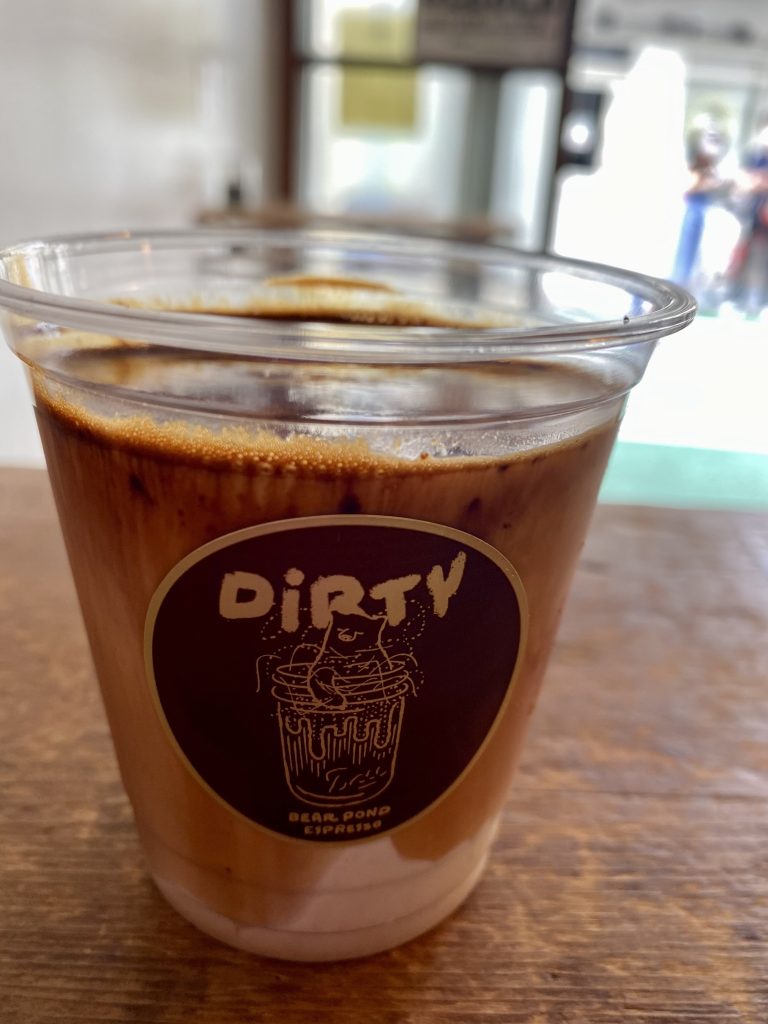
If you can’t get the Angel Stain, go for “The Dirty” at Bear Pond Espresso
3. After your delicious coffee, head over to the Village Vanguard Book Store (2-10-15). Although Village Vanguard is a chain, its location in Shimokitazawa is iconic because it is in a vintage department store that feels like something straight out the 1970s. It’s easy to get lost in the twists and turns of this veritable warren of books, memorabilia, and quirky curios. This shop is sure to suck you in and it will be hard to not spend at least 30 minutes taking it all in.

My Shimokitazawa short stories book visits Village Vanguard
4. Is it noon yet? Because once it is, move on to another Shimokita institution – Flash Disc Ranch (2-12-16 Kitazawa) and enjoy a one-of-a-kind collection of vinyls categorized to perfection in what feels part garage sale, part loving trip to your friend’s basement. This might be the time to tell you that Japanese collectors take immaculate care of their possessions so anything you’re buying secondhand at a record shop will likely be in pristine condition. Sidenote here: Disk Union (1-40-6 Kitazawa) is another great stop for those who like records, but it is a chain so not as unique as Flash Disc.
5. Once you’ve perused the records, it’s time for lunch and, unless it’s the month of the curry festival, we recommend Rojiura Samurai Curry (3-31-14 Kitazawa), a soup curry restaurant from Hokkaido that decided to put its first branch outside of Shimokitazawa. Choose your flavor for the base and as many toppings as you like.
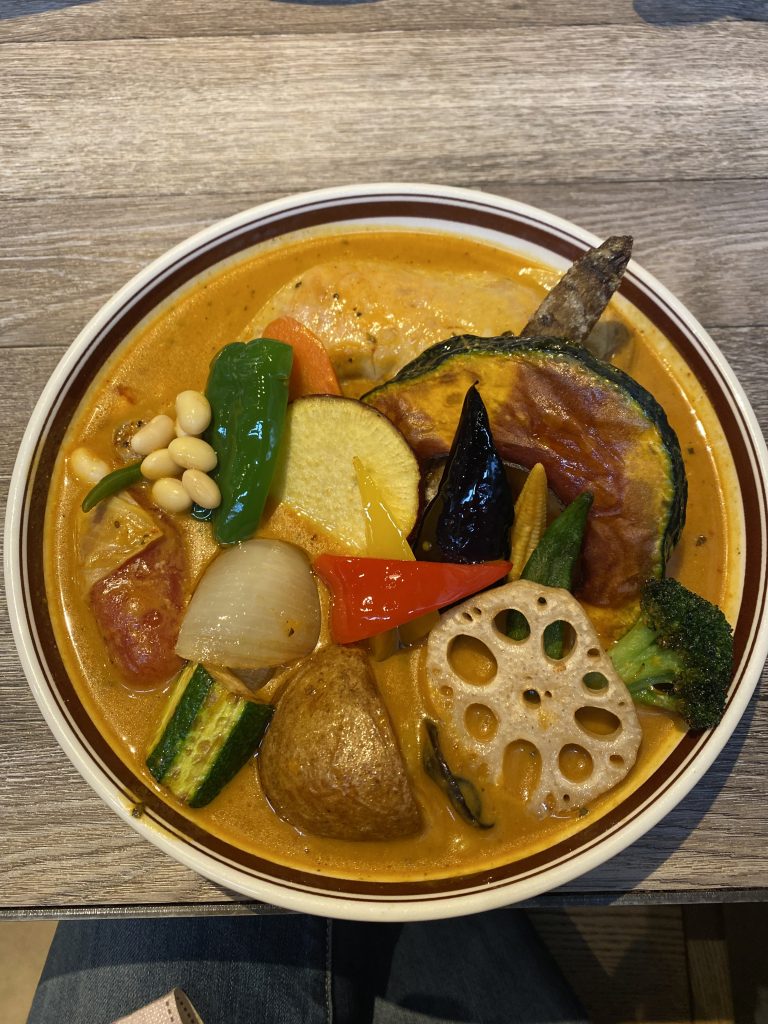
The best soup curry ever at Rojiura Curry Samurai
6. Finish your daytime stroll of Shimokitazawa with a stop at New York Joe Exchange (3-26-4 Kitazawa) and Toyo Department Store (2-25-8) to check out the vintage and secondhand clothing store scene.
If you want even more Shimokitazawa itineraries, including one for the whole night, check out my book in paperback or Kindle.
Final Thoughts
When I moved to Tokyo, I planned on staying for one year, but once I started working in Shimokitazawa, it was love at first sight. Every time I walked through the streets, I felt happy. There is something about the constant energy in the streets, the shared love that its residents have for the neighborhood, and the ever-changing shops that made me never get bored. It also didn’t hurt that Shimokitazawa is one quick train ride to Shinjuku and Shibuya. I will admit that the neighborhood is very different now compared to when I first visited. It is much more gentrified and many old buildings have been demolished, but the narrow streets that keep everyone together and the music and art remain.
Shimokitazawa Tours
I highly recommend buying my book to find the hidden out of the way Shimokitazawa gems to read about life in the town, but if you want a local to show you around, check out these tours to make the most of your time in my favorite neighborhood:
Tokyo : Vintage, Music & Food Tour in Shimokitazawa with a Local
Exploring Shimokitazawa Charm and the Coolest Spots
Tokyo Vintage Shopping Tour with Local Expert in Shimokitazawa
Tokyo Coolest Old School Spot Shimokitazawa Fully Guided Tour

When Shimokitazawa Station was moved underground, new complexes like Mikan Shimokita were built on the ground level.
On your first trip to Tokyo, I encourage you to see the most famous Tokyo sights first in Shinjuku, Shibuya, and Akihabara. But if you’d like to also check out the world’s most walkable neighborhood, come to Shimokitazawa. You won’t regret it!
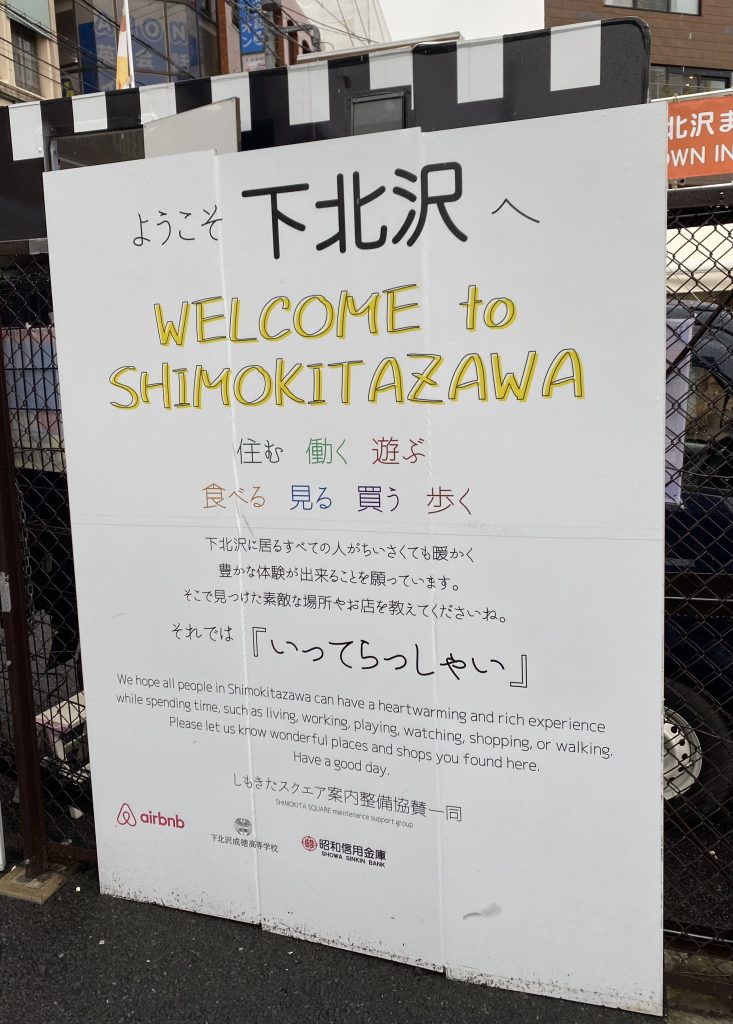
Welcome to Shimokitazawa
If you’ve made it this far, I will give you a secret tip. If you’d like to stay in Shimokitazawa, your best bet is the Mustard Hotel. It’s not perfect, but it has everything you need, and, most importantly, it’s right in the heart of Shimokitazawa. Because it is really the only sizable hotel around, you need to book well in advance.

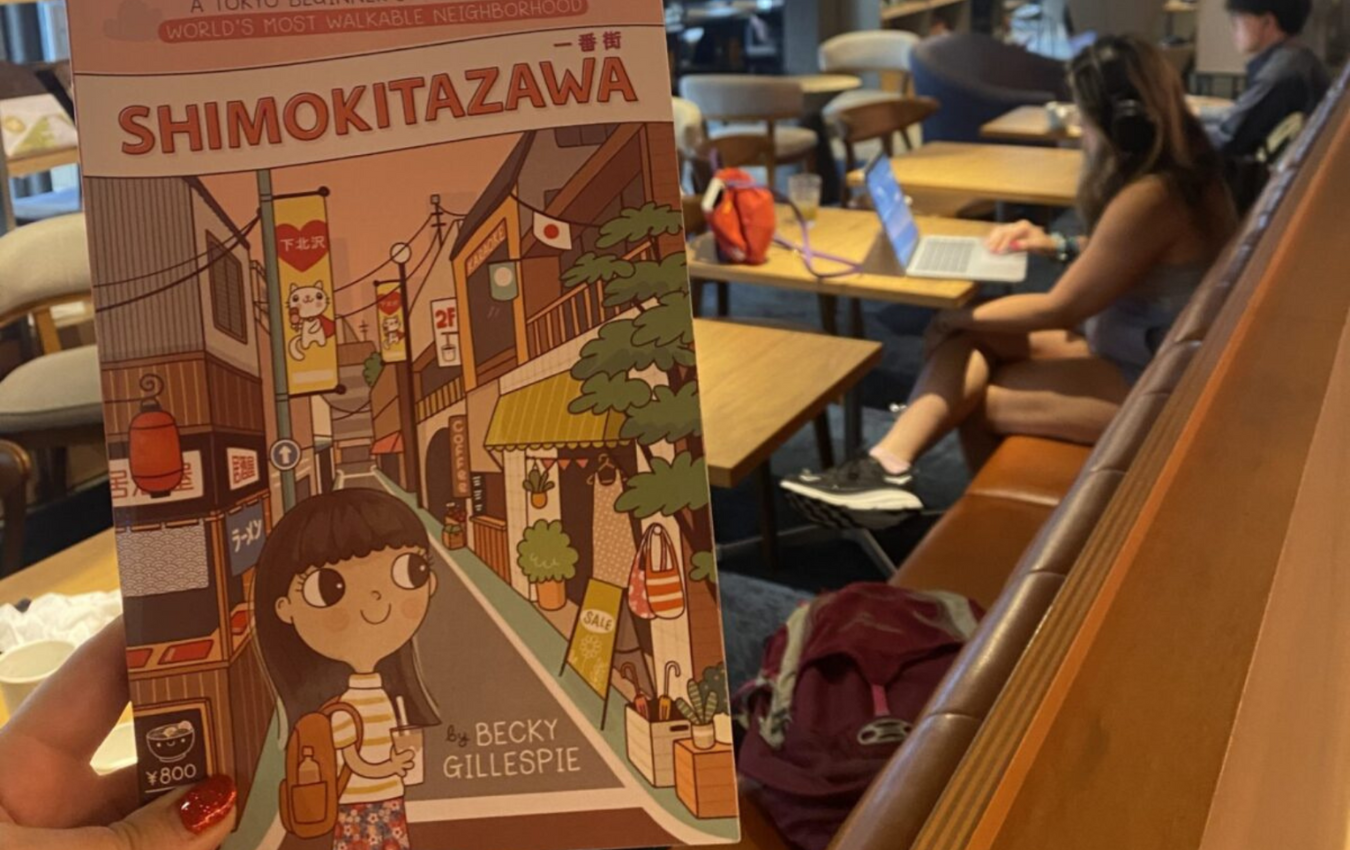
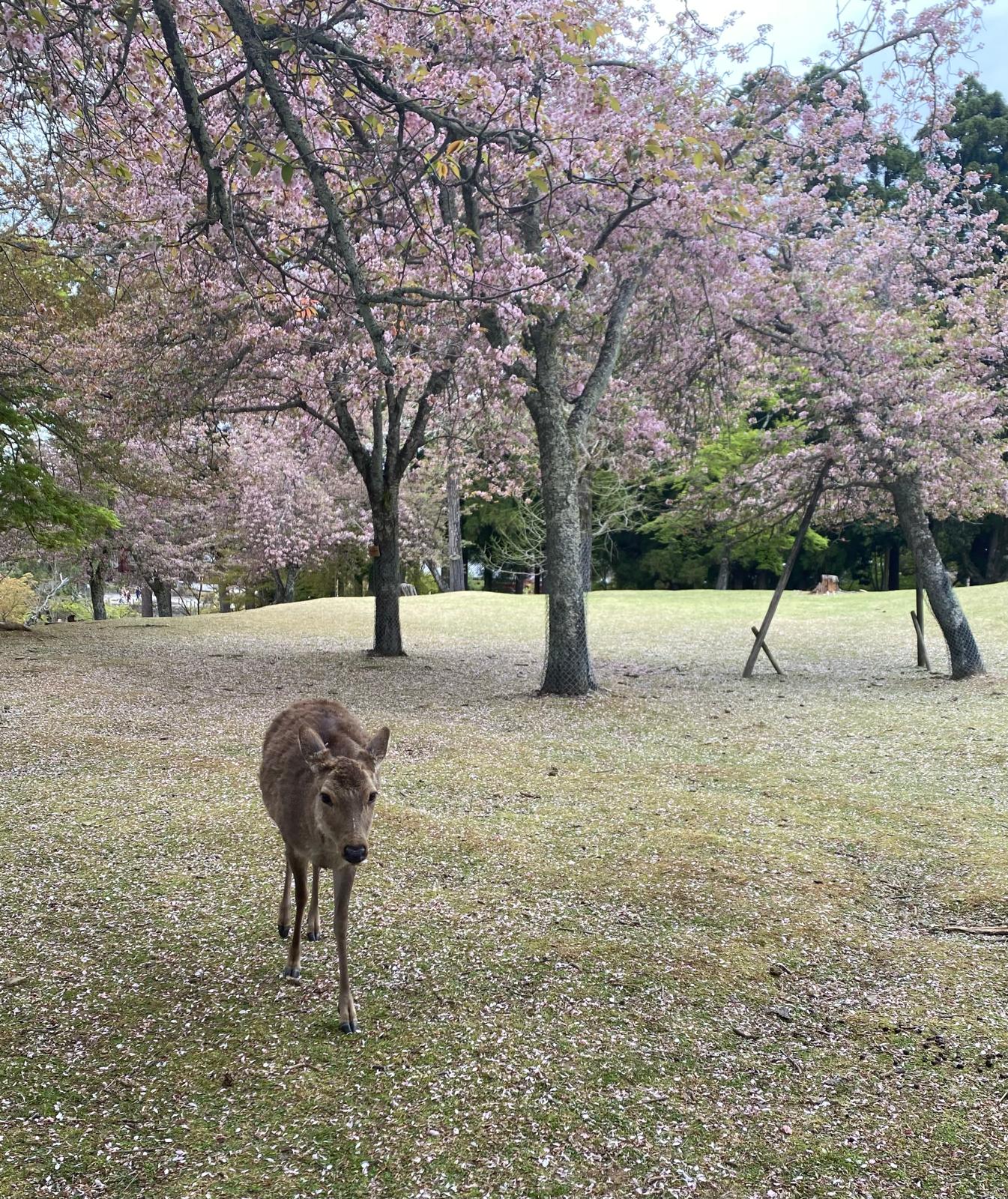
0 Comments